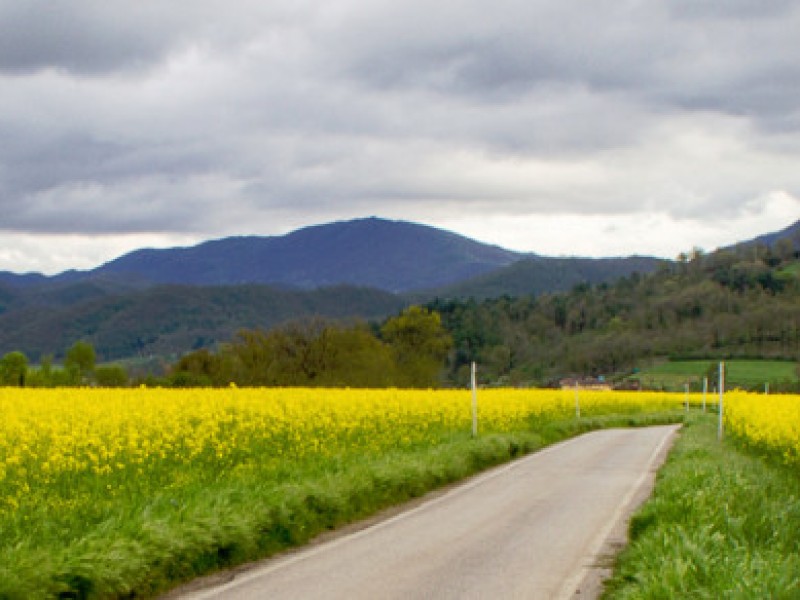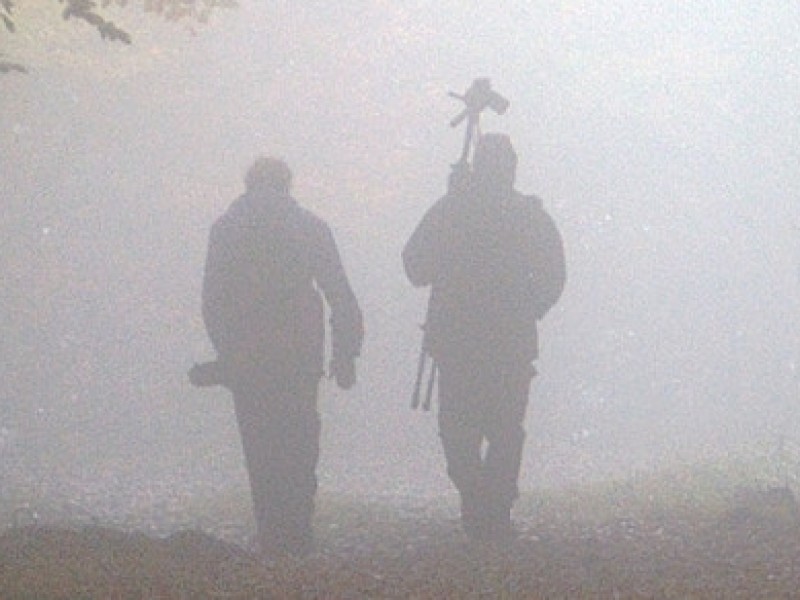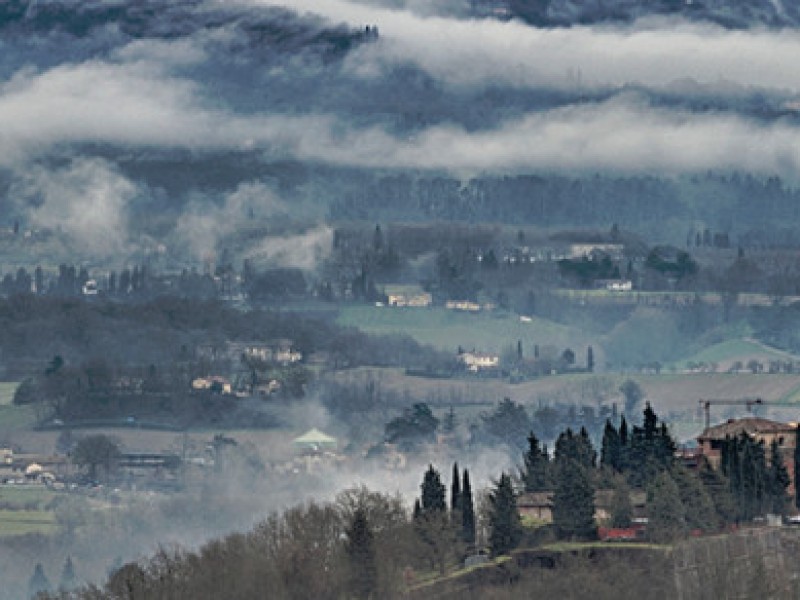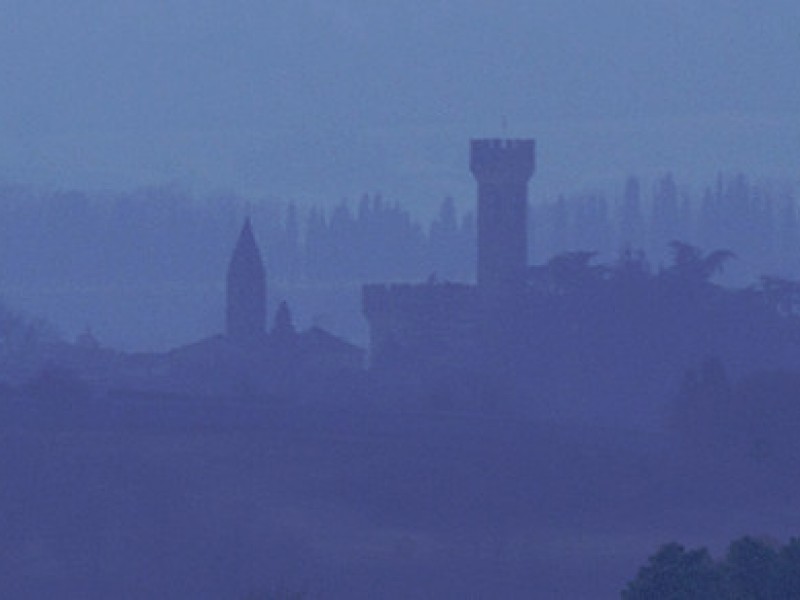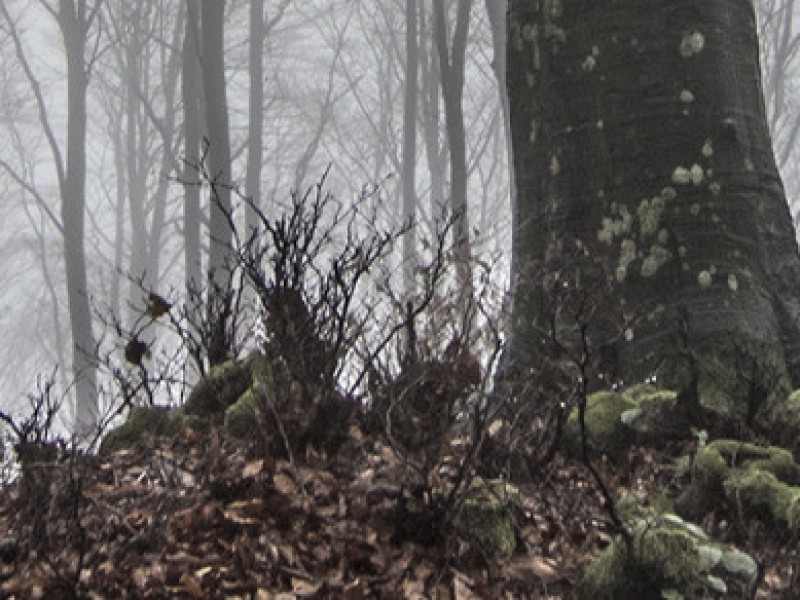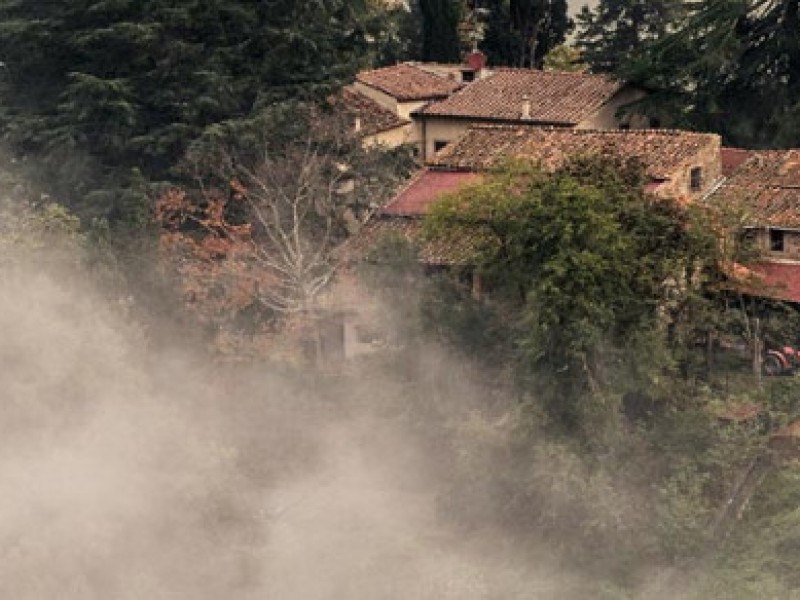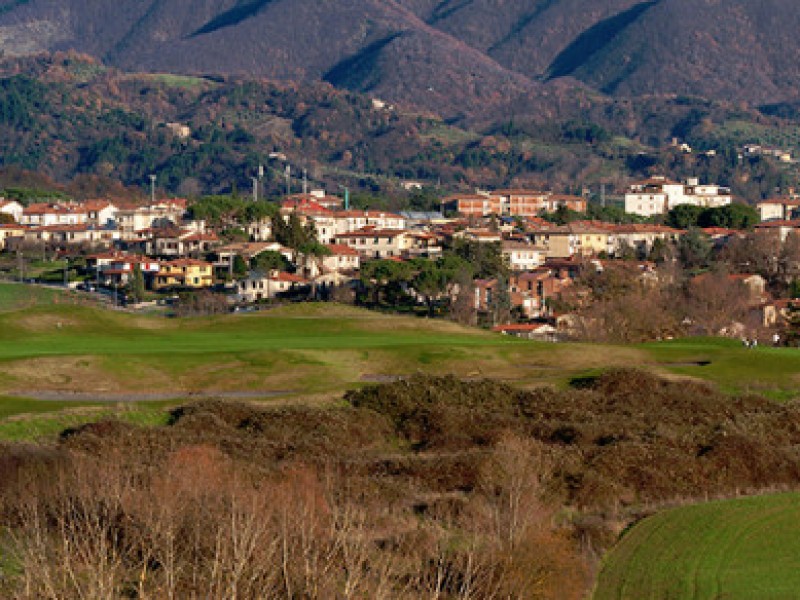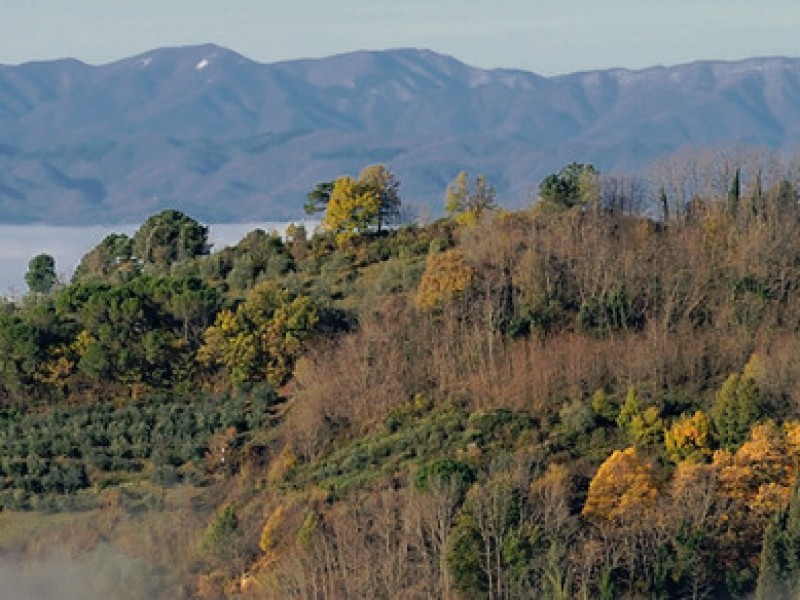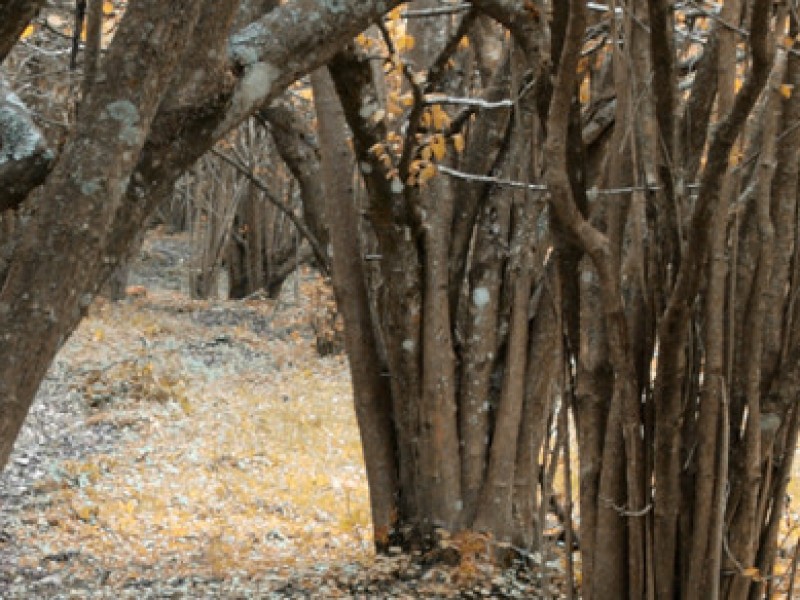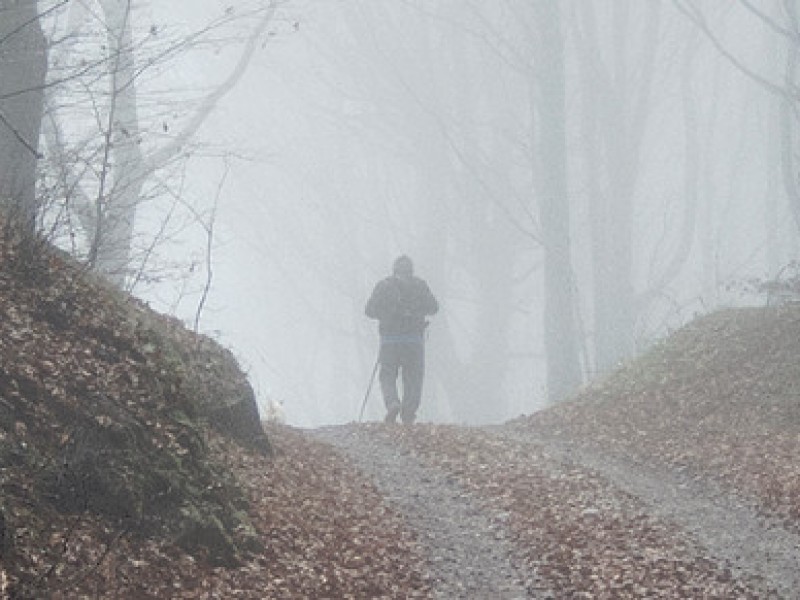TECHNIQUE
The average gradient of this climb (5.8%, making it, together with the Sambuca Pass tour, the highest climb) underlines the amount of physical strength required. To top it off, the most gruelling part is concentrated in the last 7 kilometres, which are always extremely demanding (7- 9 %) except for in two points – at kilometre 6 and 8 – in which we can “catch our breath”. 39/23 inch gears may be sufficient, even though lesser athletes may want to use 25 inch. The route winds mainly through the forest, which helps us put up with the extreme summer heat since there are no water fountains to be found outside Scarperia and the rest areas. The road surface is in fairly good condition and the traffic is scarce except on Sundays in summer when motorcyclists line the roads. The average time it takes an amateur cyclist goes from 45 to 55 minutes, while an excursionist may take from 1 hour and 5 minutes to 1’15”.
Download specifications (in Italian)
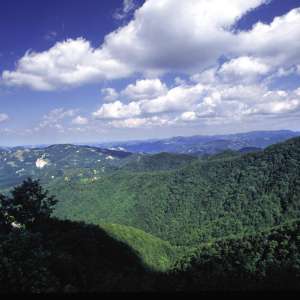 The Giogo Pass is the shortest tour here described. Yet, despite the distance, a mere 10.2 kilometres, it’s a “tough one” for cyclists. The average gradient of 5.8% makes it the steepest of all the other tours, and in points it touches a gradient of more than 10%.
The Giogo Pass is the shortest tour here described. Yet, despite the distance, a mere 10.2 kilometres, it’s a “tough one” for cyclists. The average gradient of 5.8% makes it the steepest of all the other tours, and in points it touches a gradient of more than 10%.
The tour departs from the park in Viale Kennedy in Scarperia, where we also find a water fountain, and moves through the town centre past the Vicari Palace towards Firenzuola. The road rises gently (2-3%) for the first few kilometres allowing us to appreciate the splendid view of the Mugello countryside.
At the road sign in Ponzalla the road starts to really climb. At 3.5 kilometres from the start of the tour, the climb becomes challenging, and from the centre of this locality the road rises significantly. The climb is regular and fairly shady but the gradient, for a couple of kilometres or so, is of 8-9% with peaks of more than 10%.
Near the hamlet of Omomorto (6.3 km, 624 m.a.s.l.), at a rest stop, the climb becomes easier, but it soon rises steeply once more. This strip of winding road gives us a marvellous view of the Mugello valley below, but the gradient remains high (7-8%). Past the La Maestà tabernacle, near the monument to the fallen Caduti di Monte Altuzzo (the Gothic Line passed through this very spot), the road levels for 400 metres before it starts to climb steeply again (8.5 km).
The last 1500 metre strip of road, some straight and some winding, that runs through the forest is demanding (7-8%), and the pass stands at the top of another short but extremely steep climb.
The Giogo Pass of Scarperia is found at 882 metres above sea level and at 10.2 kilometres from the start of the tour. A bar-restaurant is found at the top, and we have a magnificent view of Upper Mugello that compensates for the energy spent. To cycle on a round trip we can follow “The 6 pass giro” (139 km) and Alternative Route 1 (95 km). Alternatively, a shorter but nevertheless demanding route dips down to Firenzuola and from there climbs to the Futa Pass through Cornacchiaia and goes back to Scarperia via Panna, Galliano and Sant’Agata (about 55 km).













